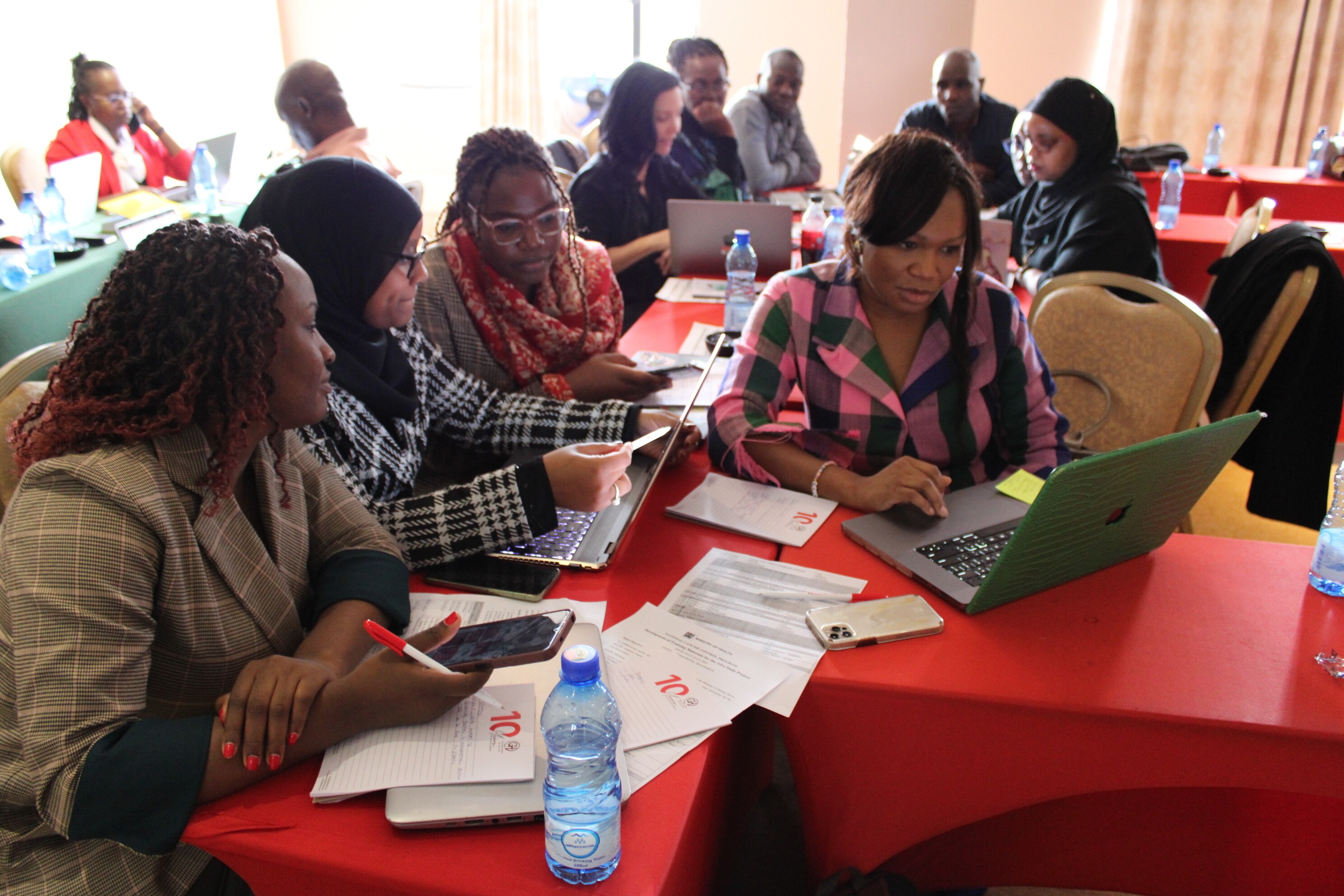Google is proposing new female emojis. Could they help close the gender gap?

A lab assistant performs an experiment.
Image: REUTERS/Denis Balibouse
Stay up to date:
The Digital Economy
Google’s emoji creation team are doing their bit to tackle the gender gap with proposals for new emojis that depict women in the workplace.
The 13 new emojis, which include female scientists, healthcare workers and farmers, have been designed by a team of Google employees and presented to the Unicode Consortium, a Silicon Valley not-for-profit organisation that oversees the creation of new emojis.
The new set of emojis aims to better represent women in the workplace, with the aim of highlighting the “diversity of women’s careers”.

With the dramatic growth in popularity of emojis in recent years, there have been calls for increased diversity in the range of available images.
Apple answered some of these calls with the introduction of a more racially diverse range of emojis in 2015, as well as the inclusion of families with same-sex parents.
The next step for the four Google employees piloting the proposal is a gender-equal emoji workforce.
The proposal asks: “Isn’t it time that emoji also reflect the reality that women play a key role in every walk of life and in every profession?” It adds that as the most frequent users of emojis are women, the wide professional spectrum they work in should be represented.

The current proposal features female emojis in various fields, including business, healthcare, education, science, technology, industry, farming, food service and music.
Male versions of these professions will also be added. The Google team also notes that emojis should represent everybody, including those who do not identify as a particular gender.
“We believe an egalitarian, sensitive, and compelling representation of gender in emoji is extremely important,” the proposal notes.
It goes on to encourage other members of Unicode to join Google in “creating a system of emoji design that can accommodate a broader gender spectrum”.
The final selection of emojis depicted professions that make up some of the world's most popular industries.
“We additionally added in concepts from popular media campaigns such as #likeagirl, global influencers, and the ongoing support to promote women in STEM.”
We might not be using these female professionals in our emoji conversations any time soon though. The proposal is still in early stages and the emojis could be changed, or they may be rejected by Unicode.
However, the Google team are hoping they will be adopted as soon as possible, stating: “Given the urgency to improve the representation of women in emoji, we recommend standardizing these characters as quickly as possible.”
Have you read?
Don't miss any update on this topic
Create a free account and access your personalized content collection with our latest publications and analyses.
License and Republishing
World Economic Forum articles may be republished in accordance with the Creative Commons Attribution-NonCommercial-NoDerivatives 4.0 International Public License, and in accordance with our Terms of Use.
The views expressed in this article are those of the author alone and not the World Economic Forum.
Related topics:
Forum Stories newsletter
Bringing you weekly curated insights and analysis on the global issues that matter.
More on Equity, Diversity and InclusionSee all
Marielle Anzelone and Georgia Silvera Seamans
October 31, 2025
Alex Fergnani
October 14, 2025
Puja Raghavan and Ana Peruci Pansani
October 13, 2025
Xu Qinyi
October 10, 2025
Joan-Paula Bor and Kathleen Schmeler
October 6, 2025






